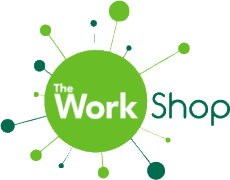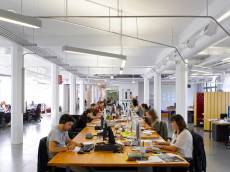July 11, 2013
Personalised design and office plants proven to boost wellness and performance
 Allowing staff to make design decisions in a workspace enhanced with office plants can increase wellbeing and wellness by as much as 47 per cent, increase creativity by 45 per cent and increase productivity by 38 per cent, new research has revealed. Visitors at this year’s Chelsea Flower Show were challenged to take part in the study which measured their creativity, happiness and productivity as they experienced a range of different workspace designs. The findings, which would be expected to translate to a significant increase in business profitability, confront the popular belief that plants and art are an unnecessary or even wasteful element of the business environment. Results from this and related scientific investigations indicate that across all measures of psychological comfort and business performance, the managerially popular flexible, controlled, lean office, is consistently inferior to a space enriched by the design decisions of people who work there.
Allowing staff to make design decisions in a workspace enhanced with office plants can increase wellbeing and wellness by as much as 47 per cent, increase creativity by 45 per cent and increase productivity by 38 per cent, new research has revealed. Visitors at this year’s Chelsea Flower Show were challenged to take part in the study which measured their creativity, happiness and productivity as they experienced a range of different workspace designs. The findings, which would be expected to translate to a significant increase in business profitability, confront the popular belief that plants and art are an unnecessary or even wasteful element of the business environment. Results from this and related scientific investigations indicate that across all measures of psychological comfort and business performance, the managerially popular flexible, controlled, lean office, is consistently inferior to a space enriched by the design decisions of people who work there.

























May 23, 2013
Guidance on designing in accessibility for disabled workers
by Pam Loch • Comment, Facilities management, Knowledge, Legal news, Workplace design
The government launches a campaign today using TV celebrities and disabled groups to help promote positive role models for disabled people. It’s aimed at building on the latest stats that show 81 per cent of people thought the Paralympics had a positive impact on the way disabled people are perceived. Currently they’re not well represented in the workplace, as according to DTI figures half of all disabled people are unable to find work. This is why the Equality Act 2010 plays such a vital role in promoting diversity in the workplace. Put into practice, understanding and adhering to the Equality Act 2010 requires employers to take positive action to remove certain disadvantages to disabled people posed by working practices and the physical features of premises. More →